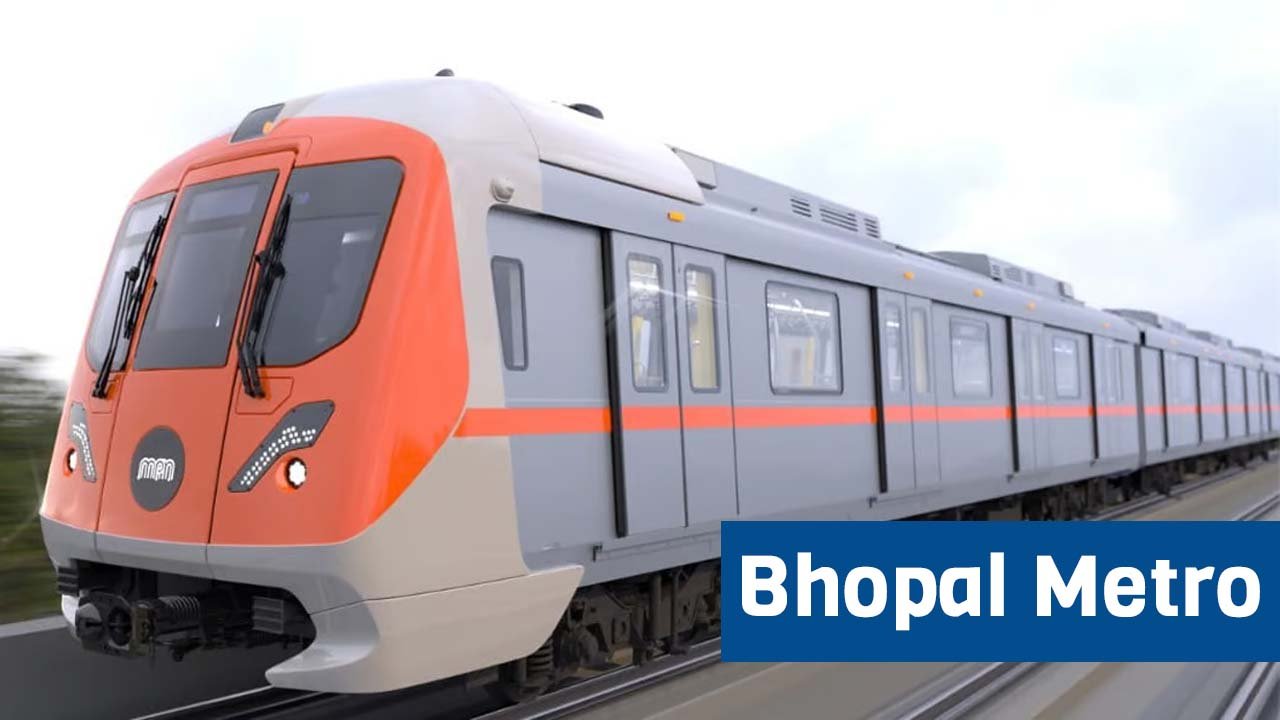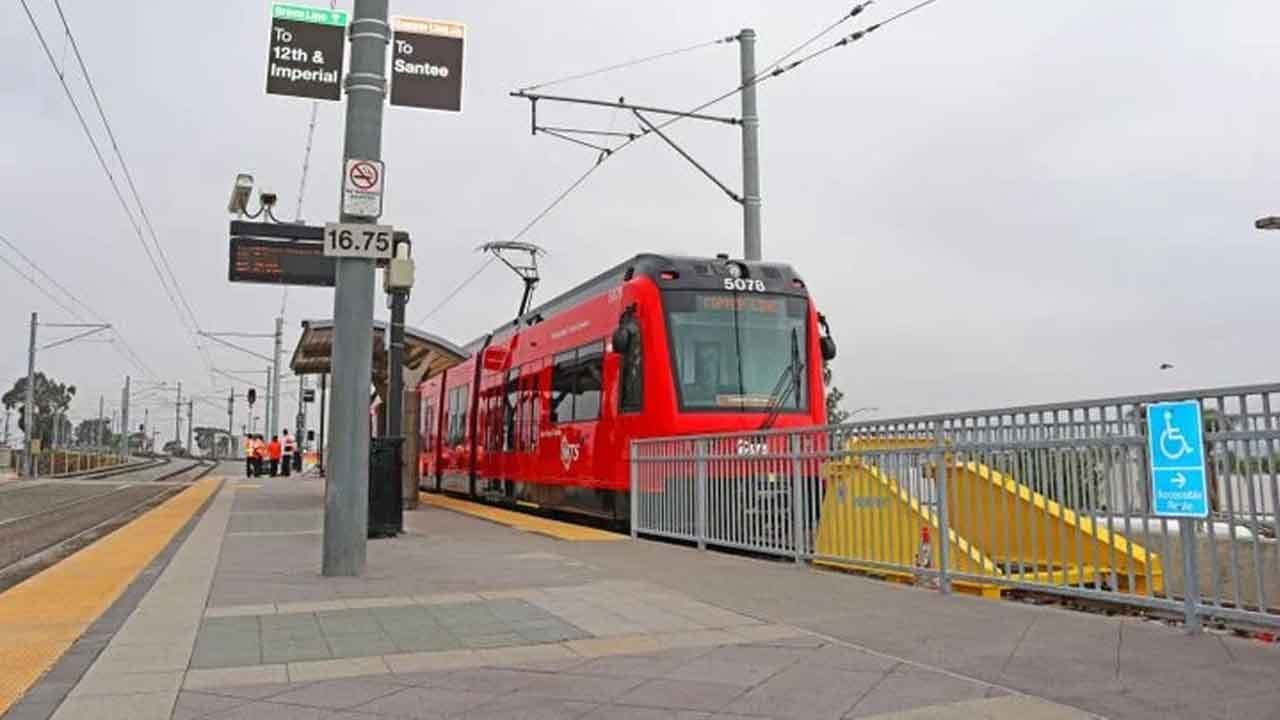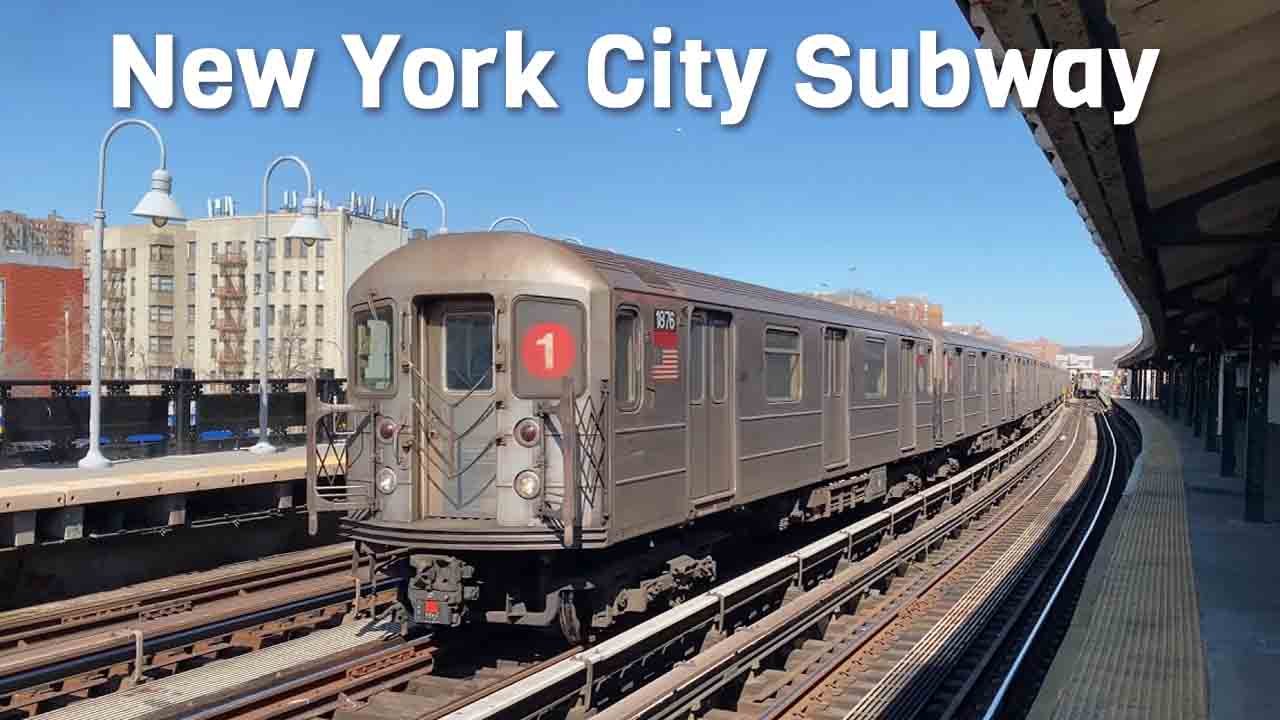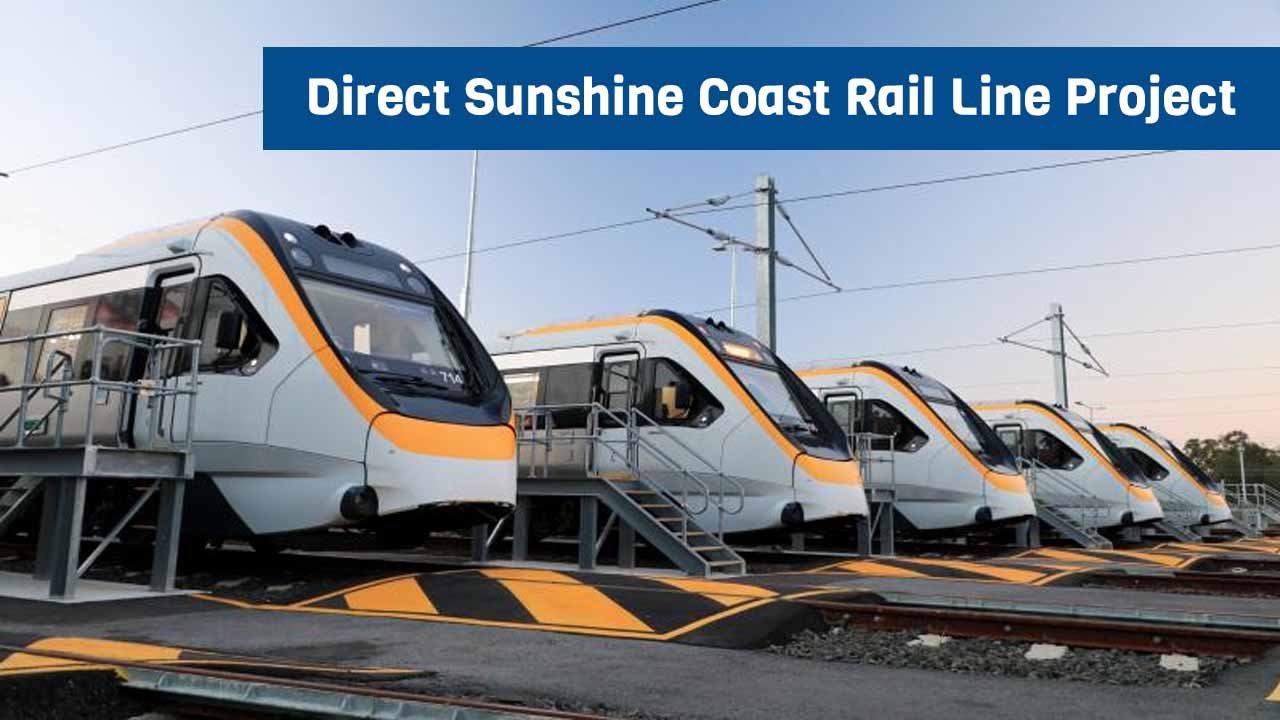Modern cities thrive on efficient public transport systems, and Madhya Pradesh capital Bhopal is set to become a great transit hub with its upcoming metro system. The Bhopal Metro promises to enhance urban mobility, reduce traffic congestion, and provide sustainable transport to city dwellers. This article discusses the Bhopal Metro, analyzing its routes, stations, development, and impact on the city. In this article, we will discuss the Bhopal Metro routes, maps, station lists, and the latest updates.
Table of Contents
Bhopal Metro Overview
- Length:
-
- Planned: 87.90 km
- Under Construction: 6.22 km
- Approved: 21.68 km
- Proposed: 104.87 km
-
- Stations:
-
- Planned: 29
- Under Construction: 8
- Approved: 21
-
- Lines: 6 (Phase 1- 2 Lines), (Planned – 4 Lanes)
- Track gauge: 1,435 mm (4 ft 8+1⁄2 in) standard gauge
- Speed: 90 km/h
- Type: Elevated & Underground
- Cost: ₹6941.40 crore
- Completion Time: 2027
About Bhopal Metro
The Bhopal Metro, or Bhoj Metro, is an under-construction rapid transit system intended to serve the city of Bhopal, the capital of the Indian state of Madhya Pradesh. The system has a total of six corridors, covering 104.87 kilometers (65.16 mi). The first phase of the Bhopal Metro project under construction consists of 28 kilometers (17.40 mi) of lines 2 and 5. The project will cost approximately ₹80 billion (US$960 million). The run will be on the road, on bridges, and underground in some places.
Also called the Bhoj Metro, the Bhopal Metro is a rapid transit system under construction in Bhopal. The metro aims to change the way people commute in the city. It is an efficient, reliable, and environmentally friendly mode of transport. Madhya Pradesh Metro Rail Corporation Limited (MPMRCL), a joint venture of the Government of India and the Government of Madhya Pradesh, oversees the project.
Historical Background
A heavy metro system has been built in Bhopal. The system has a network of 105 km or 65.24 mi and lines overlapping and branching. R. Rohit Gupta (Rohit Associates Cities and Rails Pvt. Ltd.) was appointed consultant for MRTS in May 2013, including the selection of the system for the city. Based on the consultants’ recommendations and multi-criteria analysis, on 30 June 2014, the Madhya Pradesh government approved the inception report prepared by the consultant. By 2 December 2014, geotechnical surveys and a company will be formed to complete the project.
Bhopal Metro Route
The Bhopal Metro network covers major parts of the city, giving maximum connectivity and convenience to commuters. The network has two major lines: Orange Line and Blue Line
Orange Line
- Length: 14.99 km
- Stations: 16
Blue Line
- Length: 12.91 km
- Stations: 13
Bhopal Metro Route Map

Bhopal Metro Stations
Orange Line
- Karond Square
- Krishi Upaj Mandi
- DIG Bungalow
- Sindhi Colony
- Nandra Bus Stand
- Bhopal Junction
- Aish Bagh Crossing
- Bogda Pul (interchange)
- Subhash Nagar Underpass
- Kendriya Vidyalaya
- DB City Mall
- Sangam Cinema
- Himansarovar / Habibganj Station
- Habibganj Naka
- Alkapuri Bus Stand
- AIIMS
Blue Line
- Bhadbhada Square
- Depot Square
- Jawahar Chowk
- Roshanpura Square
- Minto Hall
- Lily Talkies
- Bogda Pul (interchange)
- Prabhat Square
- Govindpura
- J.K.Road
- Indrapuri
- Piplani (BHEL Township)
- Ratnagiri Tiraha
Bhopal Metro Progress
The Bhopal Metro is being constructed in multiple phases, with the first phase currently underway.
Phase 1: Progress
Phase 1 covers the most critical parts of the East-West and North-South corridors. With the completion of many underground and elevated sections, significant milestones have been achieved. The project is in the first phase, with an expected completion date of 2026.
Future Phases
The focus in the future will be on expanding the Bhopal Metro network, covering more areas of the city. The long-term vision includes extending the metro lines to suburban areas and giving maximum coverage.
Bhopal Metro Benefits
The launch of Bhopal Metro is expected to bring many positive changes.
Economic benefits
The metro will boost the local economy by improving access to commercial areas and reducing travel time. Increased connectivity is expected to attract investments and business, thereby accelerating economic growth.
Environmental impact
The metro will help reduce the city’s carbon footprint as it will provide a sustainable transport system. The number of vehicles will be reduced, making Bhopal cleaner and greener.
Bhopal Metro Proposed Lines

Line-1 (Green Line): Bairgarh – Awadhpuri
- Number of Stations: 24
- Station Names: Bairagarh, Bairagarh Stadium, Hemu Kalani, Hala Pura Bus Stand, Lal Ghati Square, Idgarh Hills, Collectorate, Cambridge School MG Hospital, Curfew Wali Mata Mandir, Kamala Park, Polytechnic Square, Roshanpura Square, TT Nagar Stadium, Mata Mandir, Jain Mandir, Sharda Mandir, Nutan College, Mansarovar Complex (Habibganj Station), Khushabhau Thakrey ISBT, Anna Nagar, Carmel Convent, Piplani Gurdwara Square, Mahatma Gandhi Square, Awadhpuri
Line-3 (Red Line): Bhauri Bypass (NH12 Junction) – Vasant Kunj Bus Stop
- Number of Stations: 24
- Station Names: Bhauri Bypass/NH12 Junction, Peepainer Village (Aerocity), Airport Road, Gandhinagar, Airport Tiraha, Manubhan Tekri, Lalghati Square, Idgarh Hills, Collectorate, Cambridge School MG Hospital, Curfew Wali Mata Mandir, Kamala Park, Polytechnic Square, Roshanpura Square, TT Nagar Stadium, Mata Mandir, Jain Mandir, Sharda Mandir, Nutan College, Mansarovar Complex (Habibganj Station), Habibganj Naka, 10 No. Square, Sai Board, Vasant Kunj Bus Stop
Line-4 (Yellow Line): Ashok Garden Auto Stand – Mother Teresa School
- Number of Stations: 21
- Station Names: Ashok Garden Auto Stand, Krishna Campus, Railway Station, Jumerati Road, Curfew Wali Mata Mandir, Kamala Park, Polytechnic Square, Roshanpura Square, TT Nagar Stadium, Mata Mandir, MACT Square, Panchsheel Nagar Bus Stop, Ekant Park, Sahapura Lake, Bhoj University (Chunnabhatti), IIPM Sarvadham, Mansarovar School, CI Height Nayapura Bus Stop, Sanskar Marriage Garden, Bhairagarh Chichali, Mother Teresa School
Line-6 (Brown Line): Habibganj Naka – Mandideep
- Number of Stations: 12
- Station Names: Habibganj Naka, RRL, BU University, Bagsewania Bus Stop, Ashima The Lake City Mall, Sri Ram Colony, C21 Mall, Scope College (Bharopur), Regional 1 / NH-12, Harigangar Nagar, Regional 2, Mandideep
Conclusion
Bhopal Metro is set to transform the city’s transit landscape, providing fast, reliable and sustainable transportation. Metro Bhopal, with its modern features, wide coverage and encouraging public response, is set to become the cornerstone of Bhopal’s infrastructure. As the project progresses, Bhopalites can look forward to a bright future.
FAQs
1. What is the expected completion date of Bhopal Metro?
The first phase of the Bhopal Metro is expected to be completed by 2025.
2. How many lines will the Bhopal Metro have?
The Bhopal Metro will have two main corridors: the North-South Line and the East-West Line.










